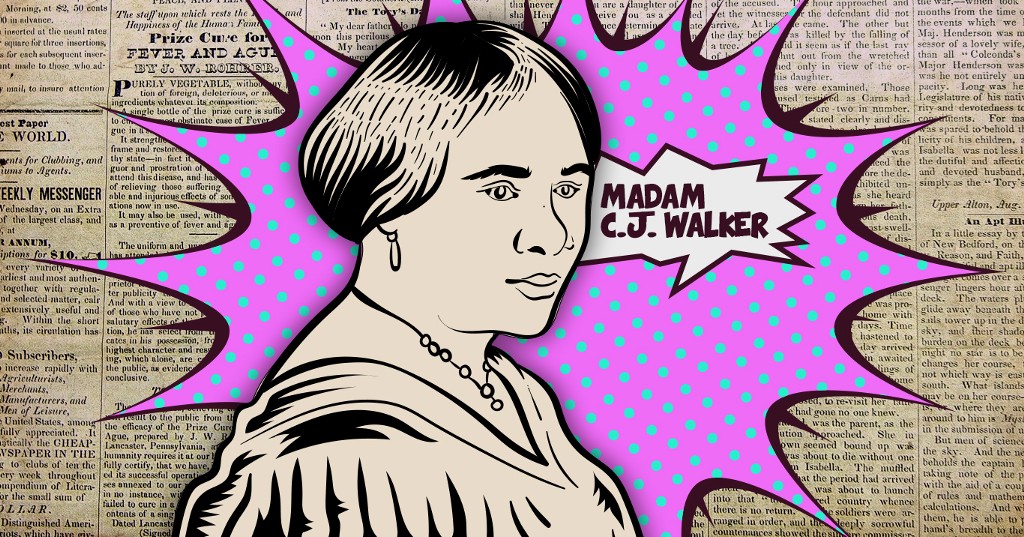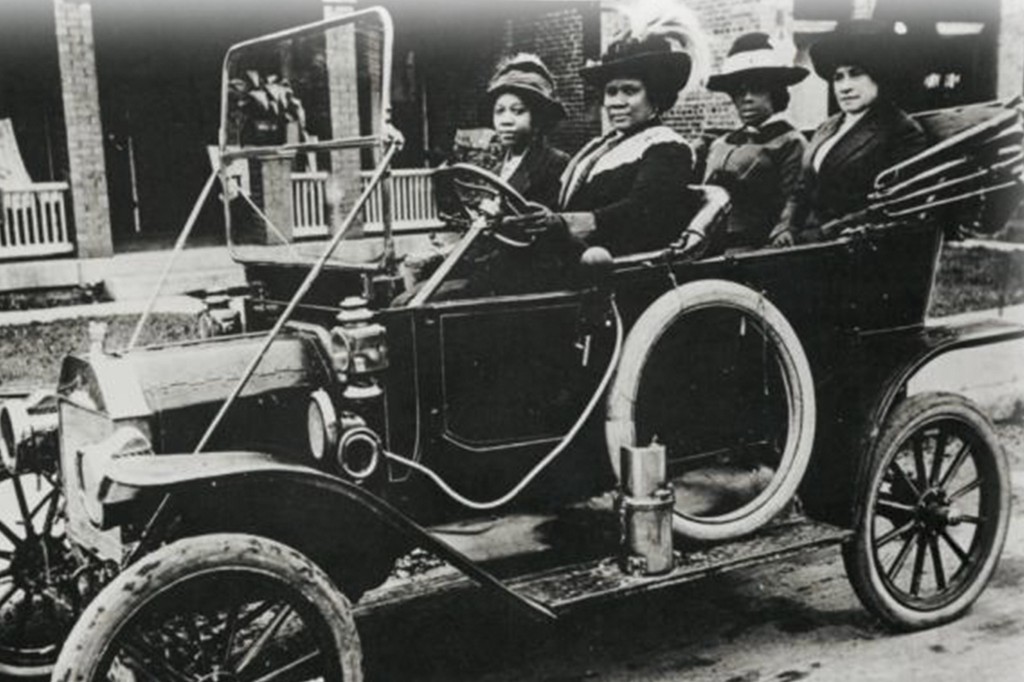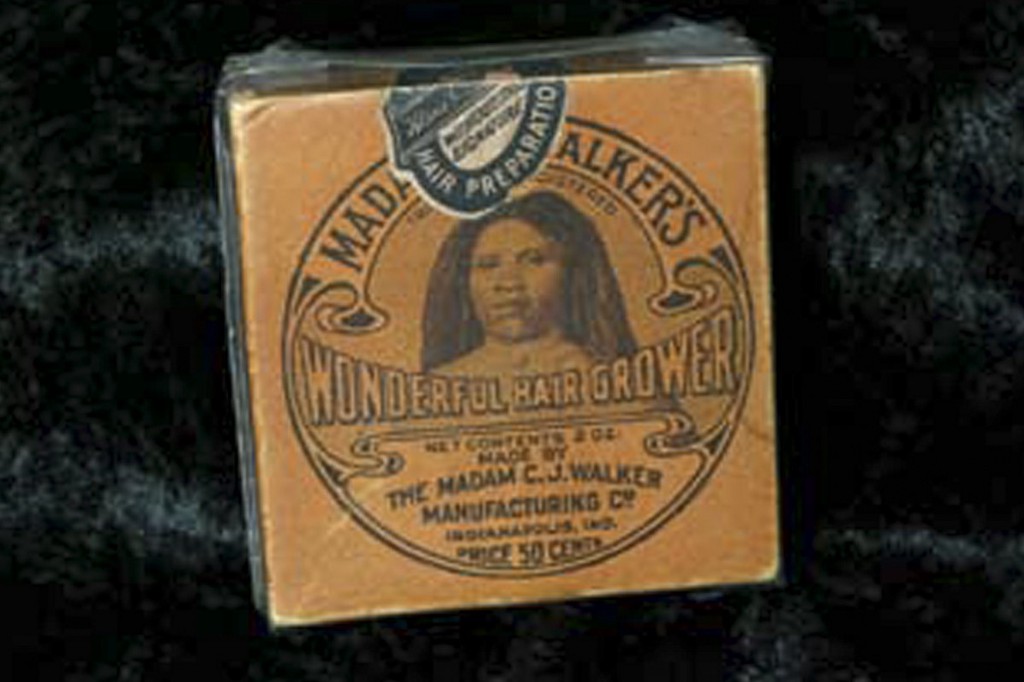The First Female Self-Made Millionaire Was A Black Single Mom

She made her millions pioneering black hair products. Slay.
Our Unsung Heroes series brings history’s unknown badasses out of the footnotes and into the spotlight.
We all like to joke about the American Dream: that perfect family with two kids, a golden retriever and a white picket fence.
For Sarah Breedlove (later known as Madam C.J. Walker), the American Dream meant something different. In a time when women and African-Americans were considered second- and third-class citizens, Breedlove knocked down social barriers and became one of the first African-American millionaires—while helping other women in the process.

Breedlove was born in rural Louisiana to former slaves in 1867, and became an orphan at just seven years old. She and her older sister began working at young ages to make sure they were able to provide for themselves. To escape her sister’s abusive husband, Sarah married at the age of 14. By 17, she had a child and by 20, she became a widow.
Breedlove — now a single mother — moved to St. Louis with her daughter and worked hard to fit into the African-American working and middle class system. Taking up a job as a washerwoman, she made just enough to be able to send her daughter to public school and occasionally attend public night school herself.
“As I bent over the washboard and looked at my arms buried in soapsuds, I said to myself: ‘What are you going to do when you grow old and your back gets stiff? Who is going to take care of your little girl?’ ”
Being a single mother was tough. The stress of trying to raise a child on her own while trying to make ends meet became a harsh reality for Breedlove. In an interview with the New York Times, she expressed her worries: “As I bent over the washboard and looked at my arms buried in soapsuds, I said to myself: ‘What are you going to do when you grow old and your back gets stiff? Who is going to take care of your little girl?’”
Stress, paired with an insufficient indoor plumbing system that prevented Breedlove from washing her hair frequently, led to her developing a scalp problem that made her hair fall out. In a quest to find a solution for her hair problems, she stumbled upon Annie Turnbo Malone’s The Great Wonderful Hair Grower.
Breedlove became a traveling saleswoman for the products and ended up moving to Denver, Colorado. She married Charles Joseph (C.J.) Walker, an advertiser. While living in Denver, the new Madam C.J. Walker began experimenting with her own hair care products; eventually, she started her own hairdressing business.

Madam Walker is said to have created the hot comb—what we know as a perm—though some dispute this claim. But we know she developed many products geared toward hair growth and retention. In a time when there was no true hair care market, Madam Walker pioneered that industry and made homemade formulas geared toward women with thick, coily and curly hair.
She began traveling across the country, doing presentations to help sell her products. She connected with church leaders to present demos in small communities, where she gained attention from local hairdressers. She would train the hairdressers as agents who would go on to sell her products.
Walker’s enterprise became a family business, with Walker giving presentations, her daughter handling the mail-order business back in Colorado and C.J. Walker handling advertising. Her earnings allowed her to donate $1,000 to a local YMCA, making her the first woman of color in US history to donate such a large amount to a YMCA building.
Madam Walker began amassing a fortune—huge chunks of which she gave away. Each year, she provided $10,000 to African-American students attending Southern colleges, sending six of them to Tuskegee Institute (today Tuskegee University). She donated $5,000 to the National Conference on Lynching.
In 1919, she died of hypertension at the age of 51, but it was clear she had lived a very full life. The once-orphaned daughter of slaves turned single mother had become one of the wealthiest women in America at the time. It was estimated at the time of her death that she was the first self-made female millionaire.
She proved that with hard work and determination, anyone can achieve their own version of the American Dream.
